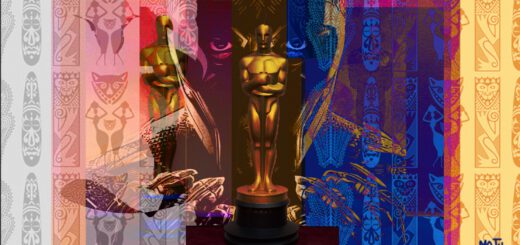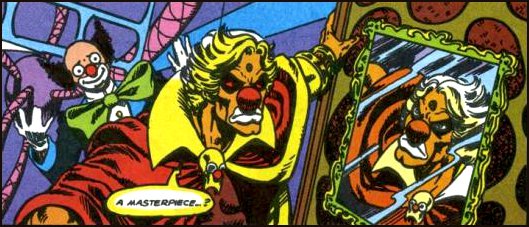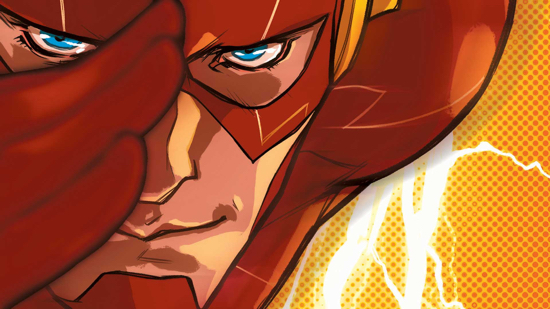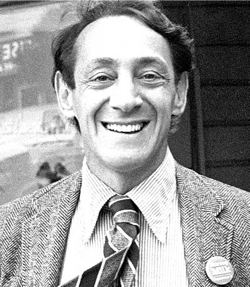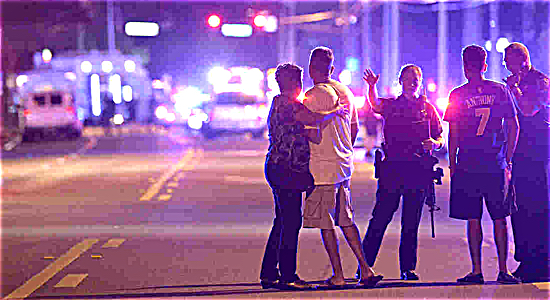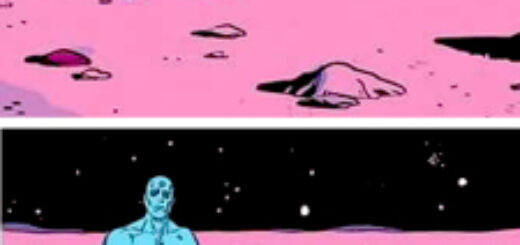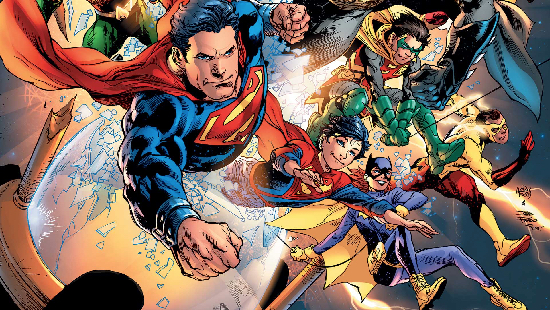The “Black Panther” Problem
Black Panther has seven Academy Award nominations.
Damn.
I saw Marvel’s game changer the first week it was in theaters. I stopped going to movies during the first-week decades ago, but I know so many people who directly or indirectly had some input. I wanted to check it out asap.
Black Panther did something few movies accomplish becoming a pop culture “have to.” Much like E.T., the question was “What did you think of Black Panther?” Not “Did you see Black Panther?” The film is a massive success, and frankly I have witnessed few pull off what this one did— namely, become a national conversation.
And the original flick wasn’t bad either.
I enjoyed the movie, but my admiration was for the overwhelming effect it had on people, particularly Black people. Never in a million years did I EVER think a Black grandmother and I would be talking superheroes standing in line to buy popcorn.
Most of the older people of color I know regard comics as just for kids. This 80-year young woman first took her grandkids to see it with the intention of seeing another film while they were watching BP. Noticing mostly adults and a few kids, she decided to sit in to make sure it was age appropriate.
I met her at her second screening— this time, no kids. She had come with some from her church group. What she thought she knew about comics wasn’t new to me.
- She was amazed at the amount of Black superhero content out there.
- Marvel Comics was the only comic book company she had heard of.
- Superman Batman Wonder Woman were all from Marvel she thought.
- DC was the District Of Colombia.
These beliefs play an essential part in comics diversity and the lack of such there seems to be, but I’ll cover that in “The Ugly Side Of Comics Part 3.”
The major takeaway was how happy she was that Black Panther would pave the way for Black Superheroes (read: Role Models) in the not too distant future.
There is renewed excitement in the Black Comic community, some who likewise believe THIS is the moment for BLACK SUPERHEROES from Black creators.
What could be a better time with Black Panther nominated for not just an Academy Award but SEVEN, including BEST PICTURE? The expectations are growing that the hunt is on for the next Black superhero and for good measure it should come from a Black creator, so it’s authentic.
White guys can play in the Black pop culture space, but it’s not easy. Authenticity is key. As an example:
- Eminem: Authentic
- Vanilla Ice: Nope
Regardless of all this Black Panther buzz, it will never win Best Picture, and frankly, I don’t want it to win. Why? We are not ready as an industry for what would come, and I suspect neither is the Academy.
What would happen?
The planet would explode from the massive number of haters in America who see superheroes like the grandmother did, as kid stuff.
In all the articles on Black Panther nominations, I’ve seen the writers never fail to mention it’s the first superhero film to be nominated. The interesting thing about that is seldom did I see ‘first comic book’ film to be nominated. Another result of a comic book movie winning: producers would look to produce comic book movies that could also be nominated for prestigious awards.
Think Lobo staring Daniel Day-Lewis.
America as a whole still thinks about comics as they do the slinky toy—stupid and useless. Both good only to entertain those not old or smart enough to appreciate what real art is. Americans see reading as something they must do (I have to brush up on…) or want to do (…just want to lay in bed on a beach in front of a fire on a desert island, etc. with a good book). Comics have no place in either of those categories.
The Academy has faced all sorts of drama over diversity, and lo and behold, look at the Best Picture nods this year— three out of eight feature Black story lines.
Black Panther, BlackkKlansman and Green Book and another Black themed film If Beale Street Could Talk received three Oscar nods, including Regina King for the best-supporting actress. That’s not a coincidence by any means. Hollywood wastes no time when it comes to image.
Image, that’s one of the reasons Black Pantherwill not win Best Picture.
I liked Black Panther, but it’s not the best picture out of a field that also features Bohemian Rhapsody, The Favourite, Roma, A Star Is Born and Vice.
The odds-on favorite is Roma. I have not seen it and know zero people who have. Why this film isn’t in the Best Foreign Film category is beyond me— that aside, it seems the type of message film Hollywood likes to showcase as a way to cement their ‘fine art’ persona.
Black Panther won’t win because Hollywood wouldn’t knowingly take a cultural hit by defending a ‘comic book’ movie.
I think the film to beat is BlacKKKlansman. That sends a message that the Entertainment industry is diverse, and pimp slaps the Trump Administration as a bonus.
Sadly, I think those in the Black comic space waiting for Hollywood to make their creation the next Black Panther are wasting their time. More on that in “The Ugly Side of Comics 3.”
To recap:
- Black Panther will not win Best Picture
- The Industry isn’t ready if it does
- Hollywood isn’t ready so it won’t
Now the good news.
This is a glorious opportunity to DEMAND from Hollywood the RESPECT comics deserve.
- Credit on screen with the power players
- Mention the creators in all press across all media
- Industry involvement in charitable events
- Hollywood support for the Comic Book Legal Defense Fund
There is a comic book property up for SEVEN ACADEMY AWARDS— now is the time we start acting like the creative genius’ we are. Or we can go on complaining about silly shit. Shit that never leads us any closer to the promised land of respect.
Bill Maher is a prominent voice of common sense to some on the left and a bleeding-heart liberal to some on the right. Regardless of how you feel about him, there is no denying he carries a lot of media weight. You would think a guy as current and hip as Bill would know that comics can be serious literature. He didn’t know or didn’t care— regardless, his influence is vast and he thinks comics are juvenile tripe. He passed that along to his viewers. Since his first comments were met with a bit of anger Bill has doubled down when called on his stance.
Time Magazine thinks comics can be significant works of literature which is why Watchmen is on the Time 100 Greatest Novels list. Just click the smiley face and see for yourselves. Somebody get that info to Bill.
One last thing: last year a Marvel executive said, ‘Diversity does not sell.’ Black Panther features an all-Black cast begins in Africa ends in an African American hood is dotted throughout by Black inside jokes and has hard Right-wing haters.
Can’t get much blacker than that.
The film made a BILLION dollars in less than four weeks and is the biggest grossing superhero movie of all time.
Hey Marvel, diversity does not sell? Oh well, Black Panther may be a fluke.
How’s Spider-Man: Into the Spider-Verse, working out for you?

